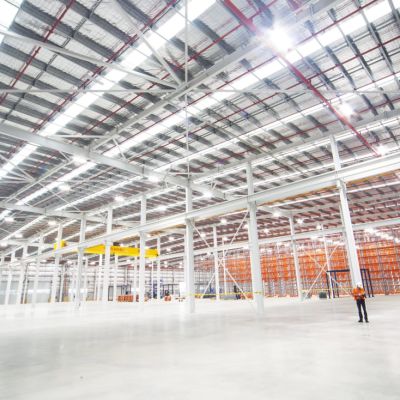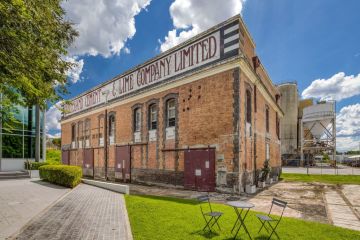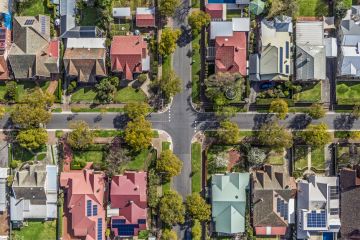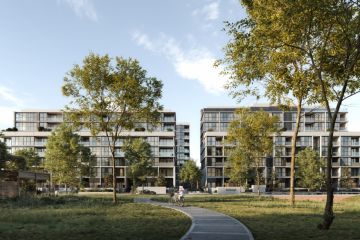Canberra a safe haven for commercial property investors
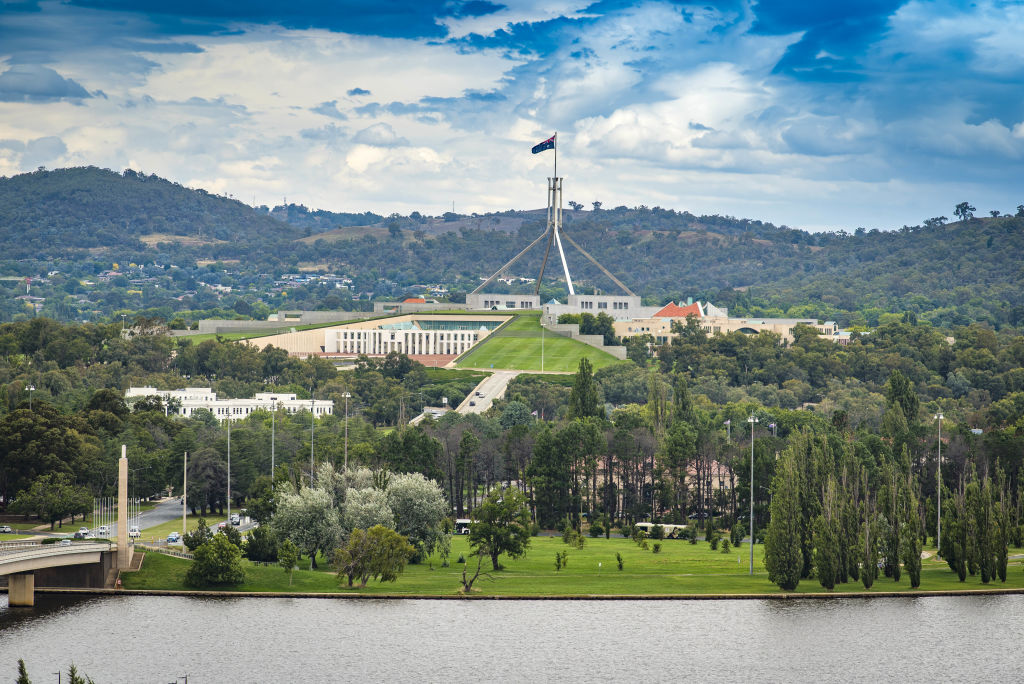
While there’s little doubt that interest rate hikes have affected Canberra’s commercial property market – with many asset classes experiencing a reset – some sectors continue to perform well, offering a solid future for investors.
Daniel McGrath, Ray White Commercial’s head of agency in Canberra, says the local commercial investment market is still considered a safe haven by interstate investors. He says they continue to circle on the back of declining markets in other states while institutional and capital markets have retracted in anticipation of a reset in response to the global capital crash.
“With the global capital market taking a sharp turn in mid-2022, the top end of town suffered the hardest hit since the GFC in 2008.
“On the local front, the largely debated topic of increased interest rates on the back of high inflation created a stir in the market, although distress in the commercial market has been somewhat subdued compared to the residential market.
“The industrial market has outperformed all other sectors in the ACT, largely reflected by the ongoing reaction to the pandemic, where businesses and customers continue to adapt to the new working and shopping environment.
“A spike in local construction in the post-pandemic period has contributed to the success of the industrial sector and – although this has cooled off throughout 2023, largely due to escalating build costs – it still remains relatively stable,” McGrath says.
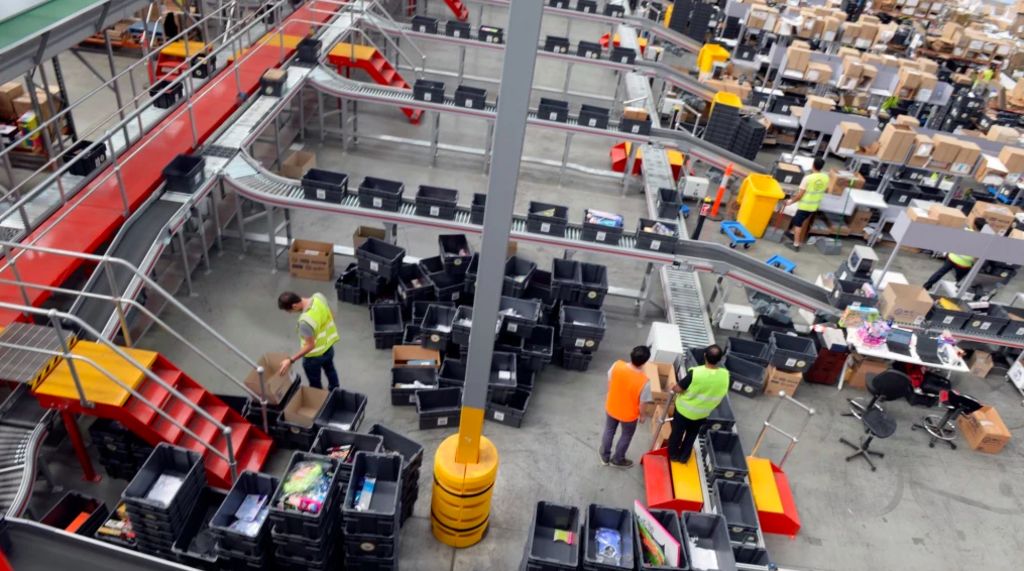
Ray White head of research, Vanessa Rader says the increase in rates does suggest yields will grow across the board, however asset types such as industrial, medical, childcare and service stations have not grown at a high level and are below 100 basis points since their historic lows, despite financing changing by 400 basis points.
“Escalation in interest rate costs saw a number of investors exit the market as uncertainty surrounding financing and the economy emerged,” Rader says.
“We saw transaction volumes fall rapidly in 2022 after a strong 2021 period when a range of buyers, including new investors into commercial, looked to diversify their investment portfolio and speculate in commercial property.”
McGrath believes interest rates will continue to underpin the market across the board but there will be a real balancing act as rates start to stabilise on the back of curbed inflation.
“Investment activity will remain stable and the insulated economy due to the public service nature of Canberra’s employment base will continue to initiate investment, particularly through portals such as self-managed superannuation funds and consortiums.”
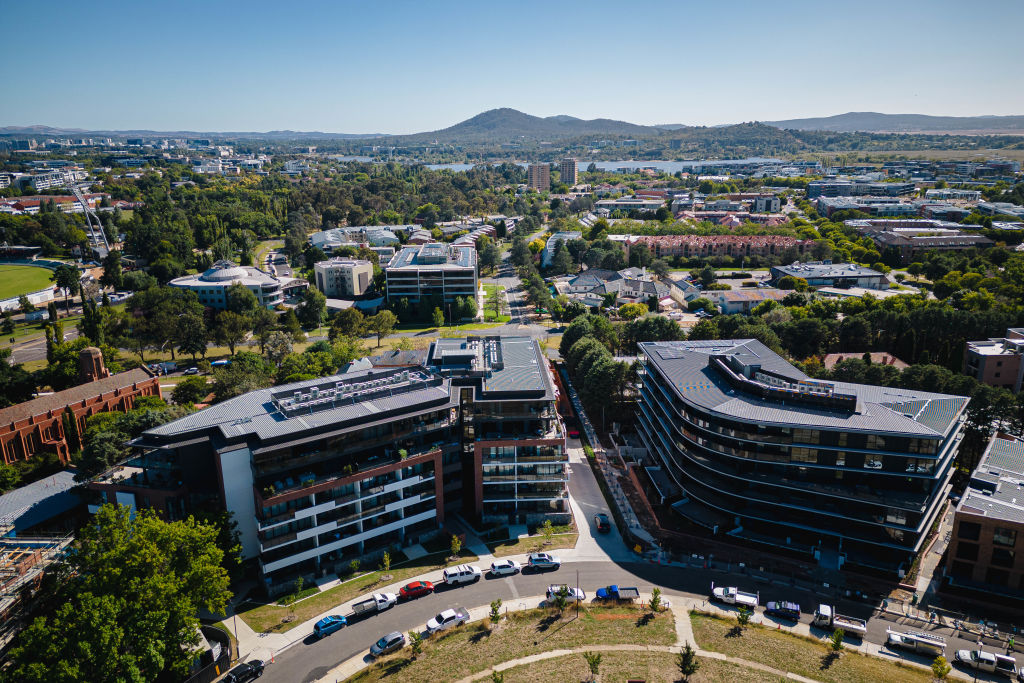
St George senior economist, Jarek Kowcza said commercial property supply-and-demand dynamics have been altered by transformational changes to the way we live, work, shop, and do business. These have lasting implications for risk and return.
“Office valuations are under strain as vacancies spiked during COVID and remain elevated, while retail is also facing challenges, which differ across locations. Industrial property demand is likely to remain strong in an environment of stretched supply, supporting valuations and returns.”
We recommend
We thought you might like
States
Capital Cities
Capital Cities - Rentals
Popular Areas
Allhomes
More
